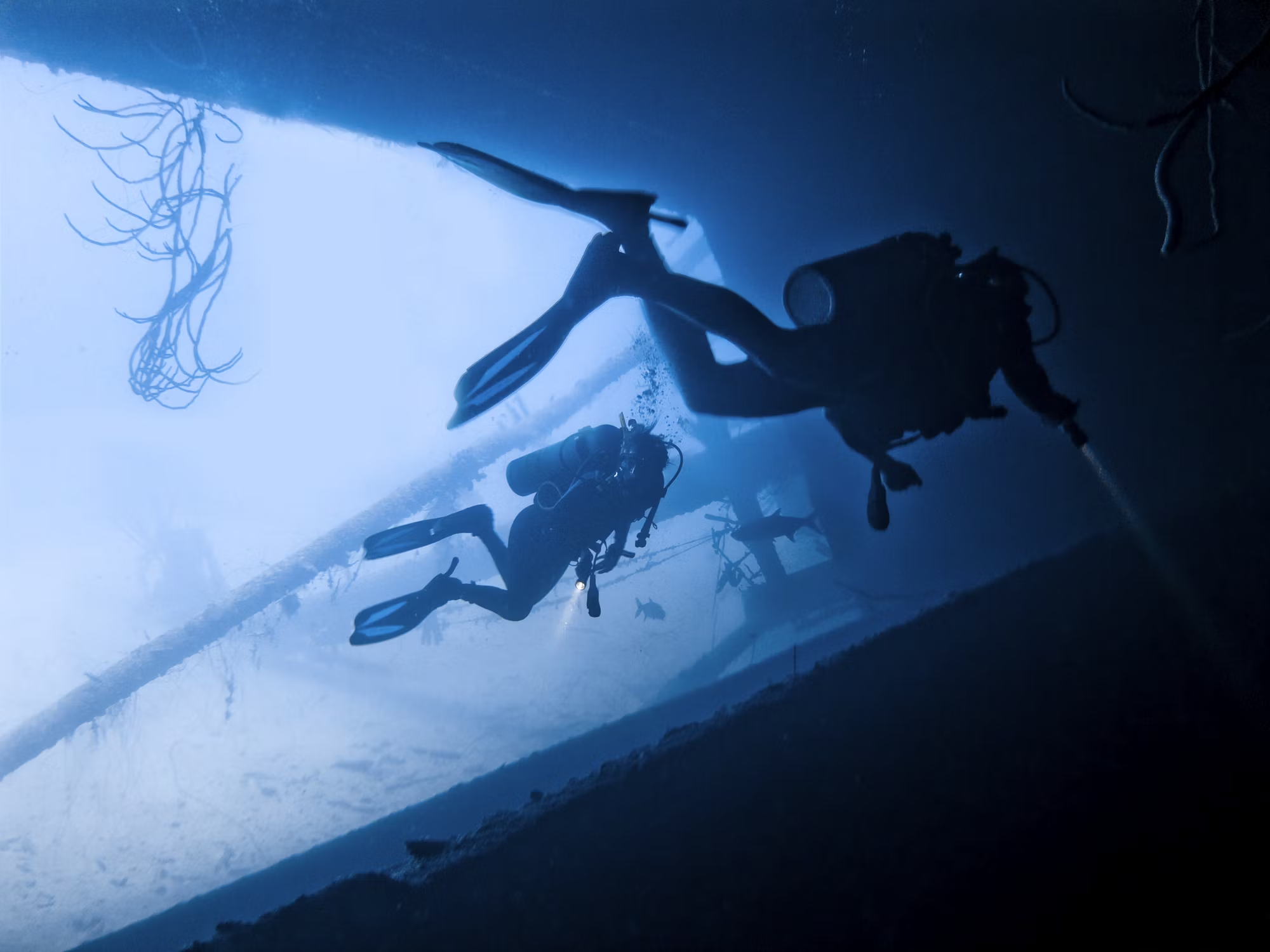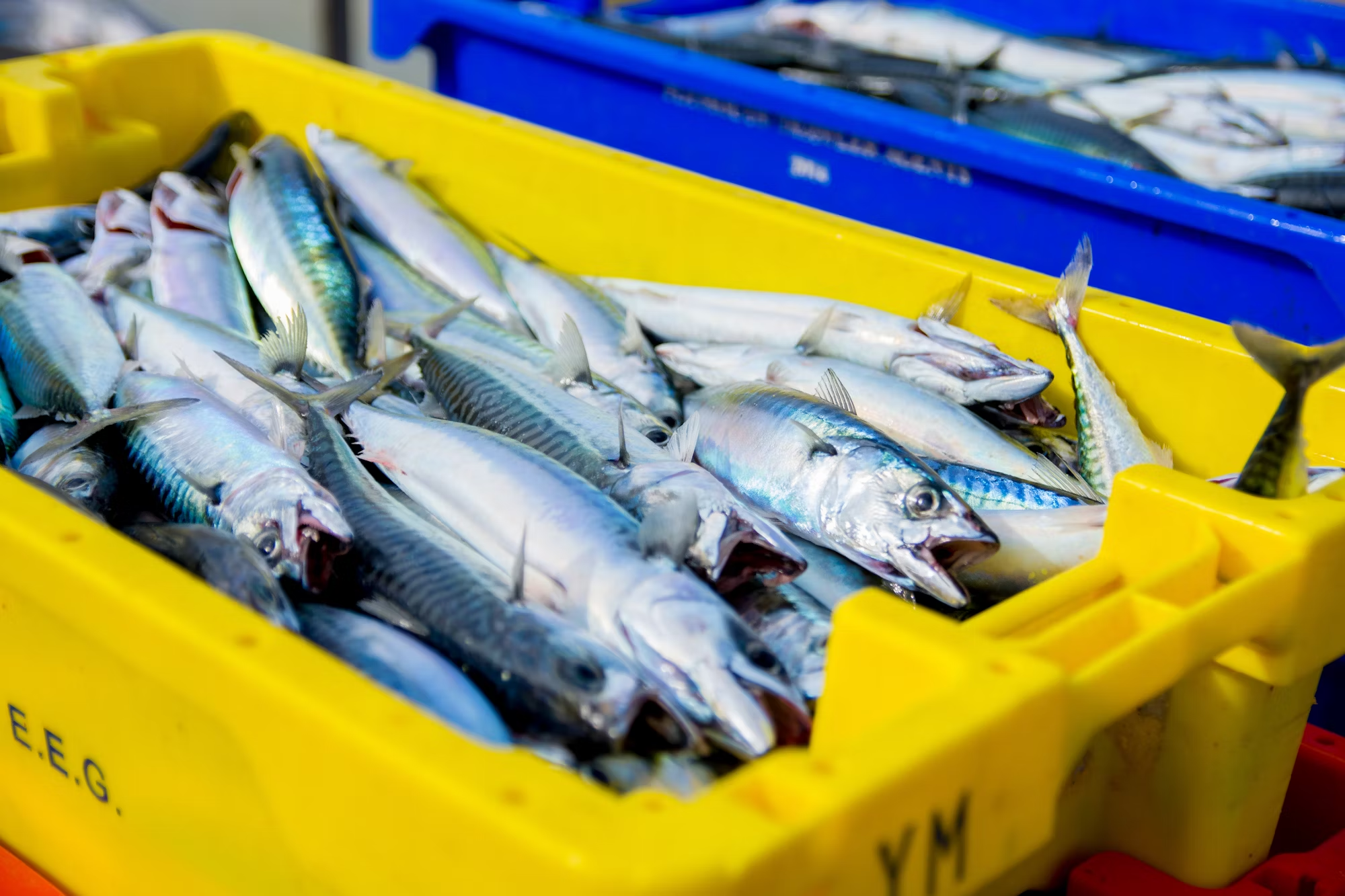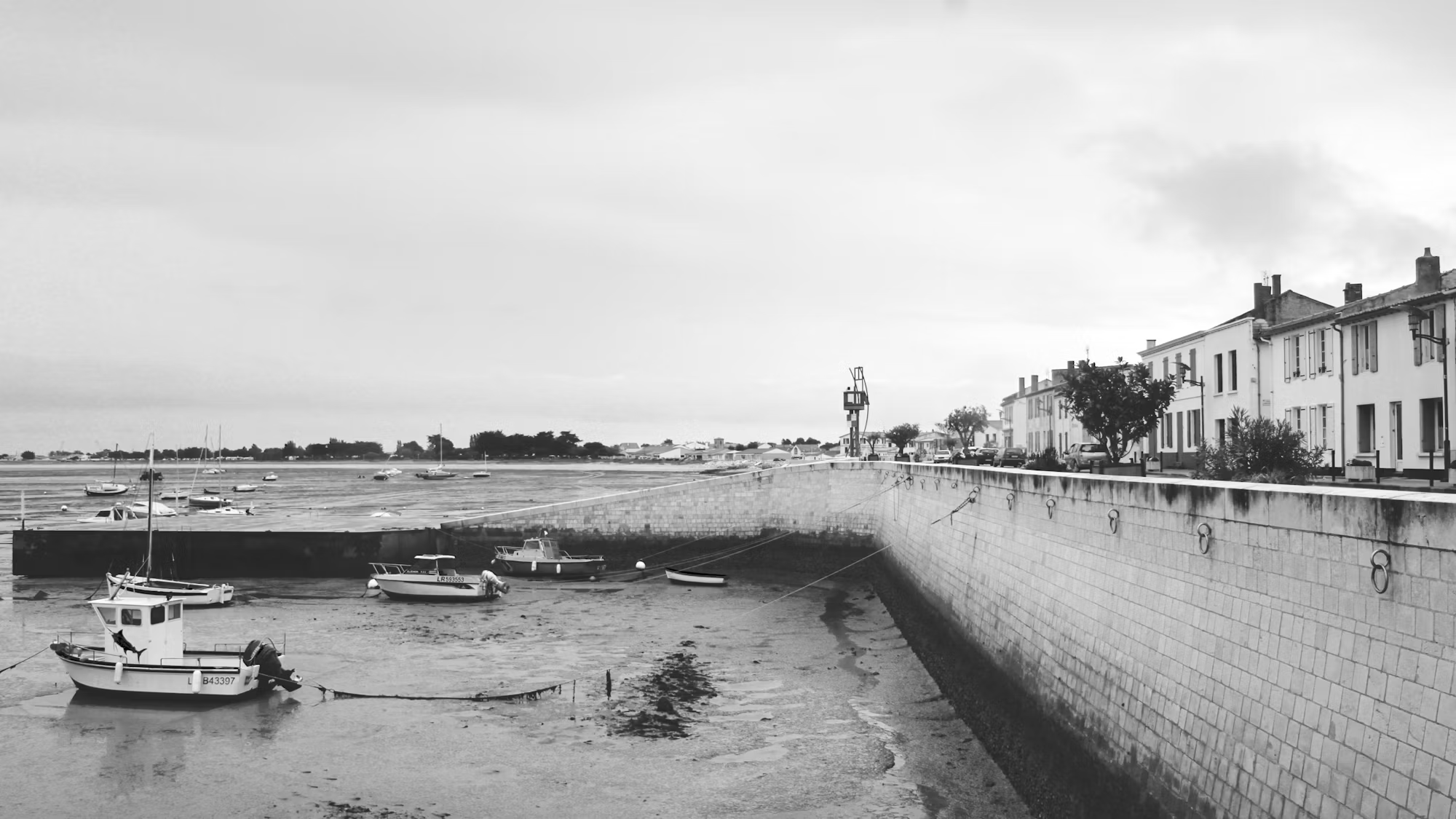Diving is more than just a recreational activity; it’s a gateway to discovering the incredible wonders that lie beneath the surface of the water. From vibrant coral reefs to mysterious shipwrecks, diving allows adventurers to explore an underwater world teeming with life. In this article, we will delve into the diverse types of diving available, highlighting what makes each discipline unique and providing guidance for those eager to embark on their underwater journey. One of the most popular forms of diving is recreational scuba diving. This discipline allows divers to explore a variety of underwater environments using a self-contained underwater breathing apparatus (scuba). With the ability to go deeper and stay longer underwater, scuba diving opens up a realm of possibilities, including the chance to swim alongside colorful fish, explore coral gardens, and discover ancient shipwrecks. Iconic diving locations such as the Great Barrier Reef in Australia, the Red Sea in Egypt, and the clear waters of the Caribbean are renowned for their breathtaking marine life and stunning underwater landscapes. For those interested in starting their scuba diving journey, certification courses are widely available and typically include classroom instruction and practical training in a controlled environment. Organizations such as PADI and SSI offer comprehensive programs designed to equip beginners with the necessary skills and knowledge to dive safely and confidently. Once certified, divers can participate in guided dives or explore independently, each experience providing a new opportunity to marvel at the beauty of the underwater world. For those seeking more challenging experiences, technical diving offers an exciting avenue for exploration. This advanced discipline involves specialized training and equipment that enable divers to venture into deeper waters and more complex environments, such as underwater caves and wrecks. Technical divers often use mixed gases to optimize their bottom times and reduce the risks associated with deeper dives. The training process for technical diving is rigorous, focusing on safety protocols, emergency procedures, and advanced dive planning. With this preparation, divers are equipped to handle the unique challenges presented by technical dive sites, unlocking access to extraordinary underwater realms that few have the opportunity to experience. In contrast to scuba diving, snorkeling provides a more accessible way to enjoy the underwater world without extensive training. Using just a mask, snorkel, and fins, snorkelers can float on the surface and observe marine life and coral formations in shallow waters. This activity is ideal for families and beginners, allowing for spontaneous adventures with minimal equipment. Popular snorkeling destinations, such as the coasts of Hawaii, the Caribbean, and the Great Barrier Reef, feature clear, calm waters filled with diverse marine creatures. Many locations offer guided snorkeling tours, which lead participants to the best spots for observation, enhancing the experience of exploring the vibrant underwater ecosystems. Freediving, also known as apnea diving, presents a unique approach to underwater exploration by focusing on breath-holding techniques and the ability to dive without the use of breathing apparatus. Freedivers train to enhance lung capacity and develop relaxation methods, enabling them to explore significant depths using only their breath. This discipline can be both recreational and competitive, attracting individuals who seek to push their limits while connecting with the underwater environment. Competitive freediving includes various disciplines, such as static apnea (holding breath underwater), dynamic apnea (swimming distance underwater), and depth disciplines (diving to great depths). Competitors strive to set impressive records while demonstrating extraordinary skills and mental focus. Recreational freediving offers a meditative experience, allowing divers to embrace the tranquility of the underwater world. The peacefulness of the ocean and the graceful movements of marine life create a serene atmosphere that many find rejuvenating and enriching. In the professional realm, commercial diving encompasses a variety of underwater work across multiple industries, including construction, maintenance, inspection, and marine research. This discipline requires extensive training and certification to ensure safety and competence in challenging environments. Commercial divers perform a wide range of tasks, from underwater welding and construction to scientific research and salvage operations. Collaborating in teams, they utilize specialized equipment and technology to accomplish their objectives efficiently. The demand for skilled commercial divers continues to grow, providing numerous opportunities in sectors such as oil and gas, marine conservation, and underwater infrastructure development. Another captivating aspect of diving is underwater photography and videography. Utilizing specialized cameras and housing, divers can capture stunning images and footage of marine life, underwater landscapes, and unique encounters. This discipline combines diving skills with artistic expression, requiring divers to master their equipment while considering factors such as lighting and composition. Many divers find that photography deepens their appreciation for the underwater realm, encouraging them to explore more thoughtfully and observe the intricate details of marine ecosystems. Underwater photographers frequently share their work through social media, documentaries, and exhibitions, raising awareness about marine conservation and inspiring others to appreciate the beauty hidden beneath the waves. For those seeking adventure, cave diving presents a thrilling challenge. This discipline necessitates specialized training and equipment, as cave diving involves navigating submerged cave systems that can present unique challenges, such as limited visibility and confined spaces. Cave divers often discover breathtaking geological formations, unique ecosystems, and ancient artifacts, making each dive a remarkable journey into the unknown. The allure of exploring these hidden underwater worlds captivates many divers, emphasizing the importance of thorough training and adherence to safety protocols in this exhilarating field. Ice diving introduces another exciting opportunity for divers to explore. This discipline involves diving under ice-covered bodies of water, such as frozen lakes or seas. Ice divers typically wear dry suits to stay warm and must follow strict safety measures to ensure a secure diving experience. Ice diving unveils a completely different underwater environment characterized by ethereal beauty and the tranquil stillness of ice above. Many ice divers are fascinated by the chance to observe unique marine life adapted to colder waters, creating an extraordinary and captivating experience. Night diving adds an exciting twist to traditional diving adventures, allowing divers to experience the underwater world in a completely different light. Diving after sunset reveals nocturnal marine life, which is often more active during the night. Equipped with specialized lights, night divers illuminate the underwater environment, unveiling the fascinating behaviors of marine creatures that are rarely seen during the day. Night dives provide a unique perspective on familiar dive sites, enhancing the thrill of underwater exploration and discovery. Reef diving focuses on exploring coral reefs, showcasing some of the most biodiverse ecosystems on our planet. These vibrant underwater gardens teem with life, including colorful fish, corals, and various marine organisms. The beauty and complexity of reef systems attract divers from all over the globe, making them popular destinations for both recreational and scientific diving. With a growing awareness of environmental challenges, many divers actively participate in conservation efforts to protect these vital ecosystems, contributing to the sustainability of marine life and habitats. Wreck diving invites divers to explore sunken ships, aircraft, and historical artifacts that rest on the ocean floor. Each wreck tells a unique story, offering a glimpse into the past and the opportunity for exploration. Renowned wrecks, such as the USS Oriskany and the SS Thistlegorm, have become iconic dive sites, drawing history enthusiasts and marine life admirers alike. While wreck diving presents exciting adventures, it requires knowledge of safe diving practices, as these sites can pose unique challenges like strong currents or unstable structures. The rewards of exploring these underwater time capsules can be extraordinary, merging adventure with historical discovery. In conclusion, diving encompasses a vast array of disciplines, each offering unique experiences and opportunities for exploration. Whether you are drawn to recreational scuba diving, the challenges of technical diving, or the artistry of underwater photography, there is a diving discipline suited for every adventurer. As divers, we have the privilege of discovering and appreciating the incredible beauty of the underwater world. With proper training, respect for the environment, and a spirit of adventure, diving can become a fulfilling pursuit that connects us to the fascinating mysteries that lie beneath the surface.



